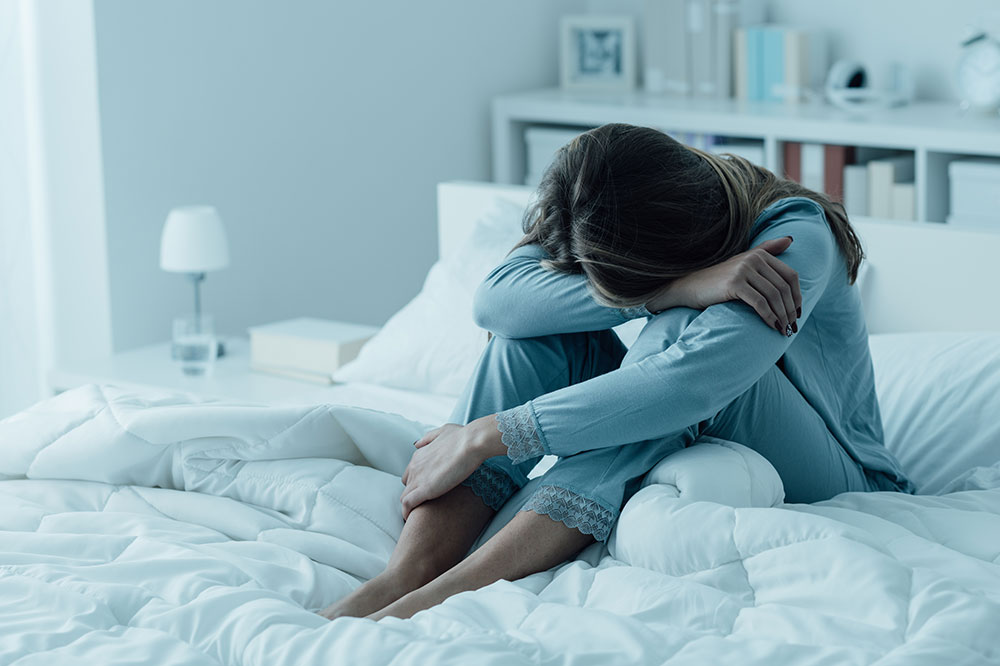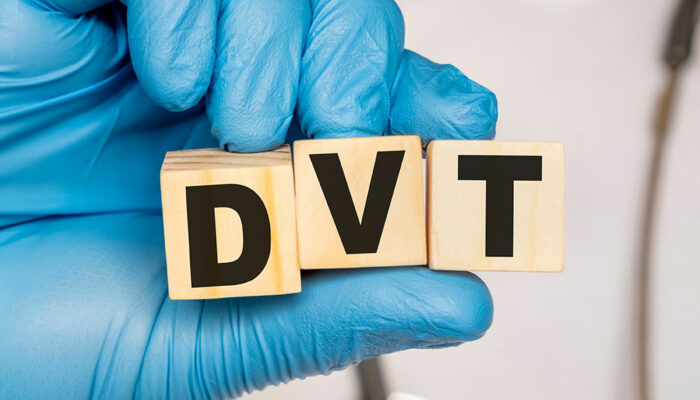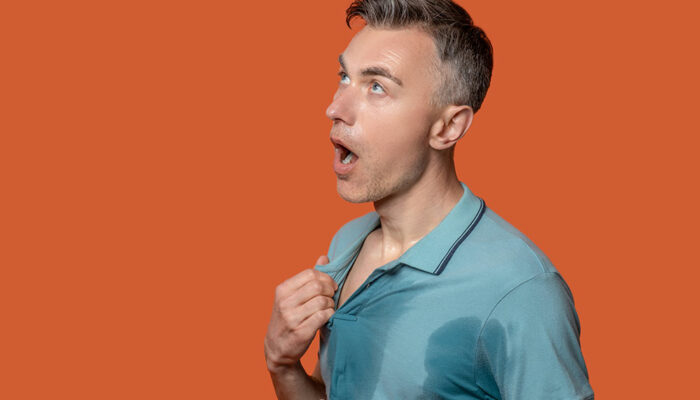
4 Major Types of Depression
Depression is a prevalent mental illness diagnosed among adults. Men and women of all ages experience a myriad of emotional highs and lows that can affect one’s daily routine and lifestyle. There is no singular cause as a number of trigger factors can lead to depression. However, it is imperative that one understands the symptoms associated with different types of depression. This will only help improve the quality of life and manage the condition.
1. Classic depression
Also clinically referred to as chronic, severe, unipolar, or major depressive disorder, this is one of the most diagnosed forms of mental health issues among adults. Most common symptoms include a feeling of gloom, grief, or sadness coupled with a loss of interest in activities, lack of concentration, and the feeling of low self-worth. Major depression can also result in a number of physical changes causing difficulty to sleep, feeling zapped out of energy, frequent bouts of fatigue, changes in eating habits, and unexplained aches. One might also have suicidal thoughts and may feel the need to self-harm whilst dealing with anxiety and constant worry.
2. Depression among women
Perinatal depression and Premenstrual Dysphoric Disorder (PMDD) are common types of depression noticeable among women. Perinatal depression can happen during the first year after childbirth or even during pregnancy. This is mainly due to the hormonal changes that happen during pregnancy or post-delivery, triggering mental stress among some women. Perinatal symptoms include frequent crying, a feeling of weepiness, irritation due to lack of sleep, changes in appetite, fatigue, and generally feeling zapped during the day. PMDD can additionally trigger a number of psychological, gastrointestinal, and vascular symptoms apart from the ones commonly observed with depression. It is possible women may experience skin problems, fluid retention complications, respiratory problems, eye problems, and even premenstrual problems.
3. Bipolar disorder
Bipolar disorder causes major mood swings that can trigger episodes of hypomania (emotional highs) or depression. There is no telling how intense these mood swings can be, but there are a few symptoms to look out for as they are a precursor to the condition. Note that the symptoms will also vary depending on the type of bipolar disorder. Bipolar I can trigger a single episode of either hypomania or depression. In bipolar II, patients may experience both episodes of hypomania and depression. Cyclothymic bipolar disorder is classified by persistent periods of hypomania or depression. Then there are several medical conditions like Cushing’s disease or multiple sclerosis that can also trigger these manic episodes.
4. Seasonal depression
This type of mood disorder changes with the season and exhibits certain symptoms that stand out. Seasonal Affective Disorder (SAD) is usually triggered due to changes in the chemical brain composition triggered due to a weather change. It can cause daytime fatigue, increased sleep, social withdrawal, increased sensitivity, guilt, decreased libido and focus, and even concentration problems. Lack of interest, stress, and anxiety can also affect one’s libido.



